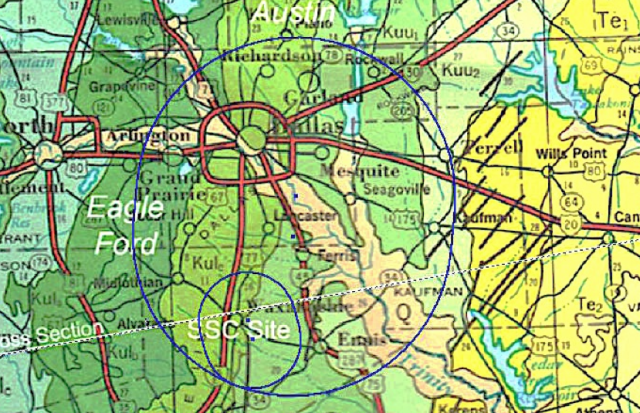Physicists start thinking beyond the LHC, consider reviving the SSC
Ars Technica » Scientific Method 2014-02-28

Will particle physicists ever have a new toy that will take them to energies beyond those accessible through the Large Hadron Collider? History suggests it's unlikely. To save costs, the LHC was built in an existing tunnel that had hosted an earlier, less powerful accelerator. The US cancelled the construction of hardware that would have outperformed the LHC (the Superconducting Super Collider, or SSC) due to cost overruns, and it shut down its Tevatron once the LHC started up. Now, decisions on the linear collider that will be used to study the Higgs in detail are being made based on which country is likely to come up with the most money.
But physicists are apparently an optimistic bunch. Earlier this year, CERN announced that it was beginning to evaluate an LHC replacement that would require a tunnel so large—100km in circumference—that it would have to pass under Lake Geneva itself. Potentially in response, a team of US-based physicists have come up with an even more audacious plan: don't build the linear collider, resurrect the SSC's now abandoned tunnels, and use them to both host a Higgs factory and as a booster for a truly massive, 270km collider.
We'll cover the slightly less bonkers idea (CERN's) first. The protons that run around the LHC don't naturally follow a circular path; they have to be pulled around bends by powerful magnets. The more energy you put into the protons, the faster they move and the stronger your magnet needs to be to pull them around the bend. Unfortunately, there are limits to how strong we can make the magnets. When we run up against those limits, we either have to settle for lower energy or make the bends less sharp. Making the bends less sharp means making a bigger circle.
Read 11 remaining paragraphs | Comments